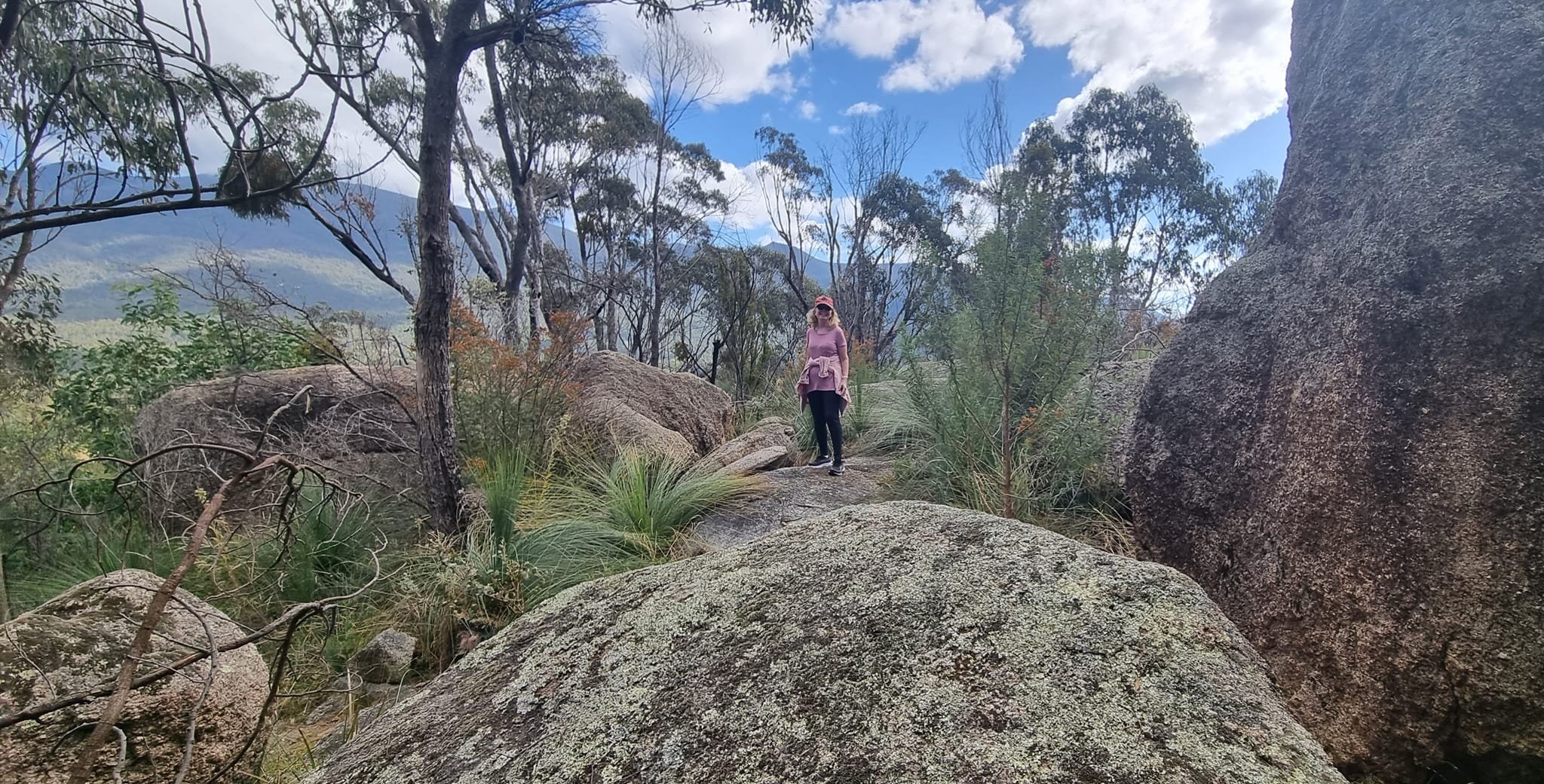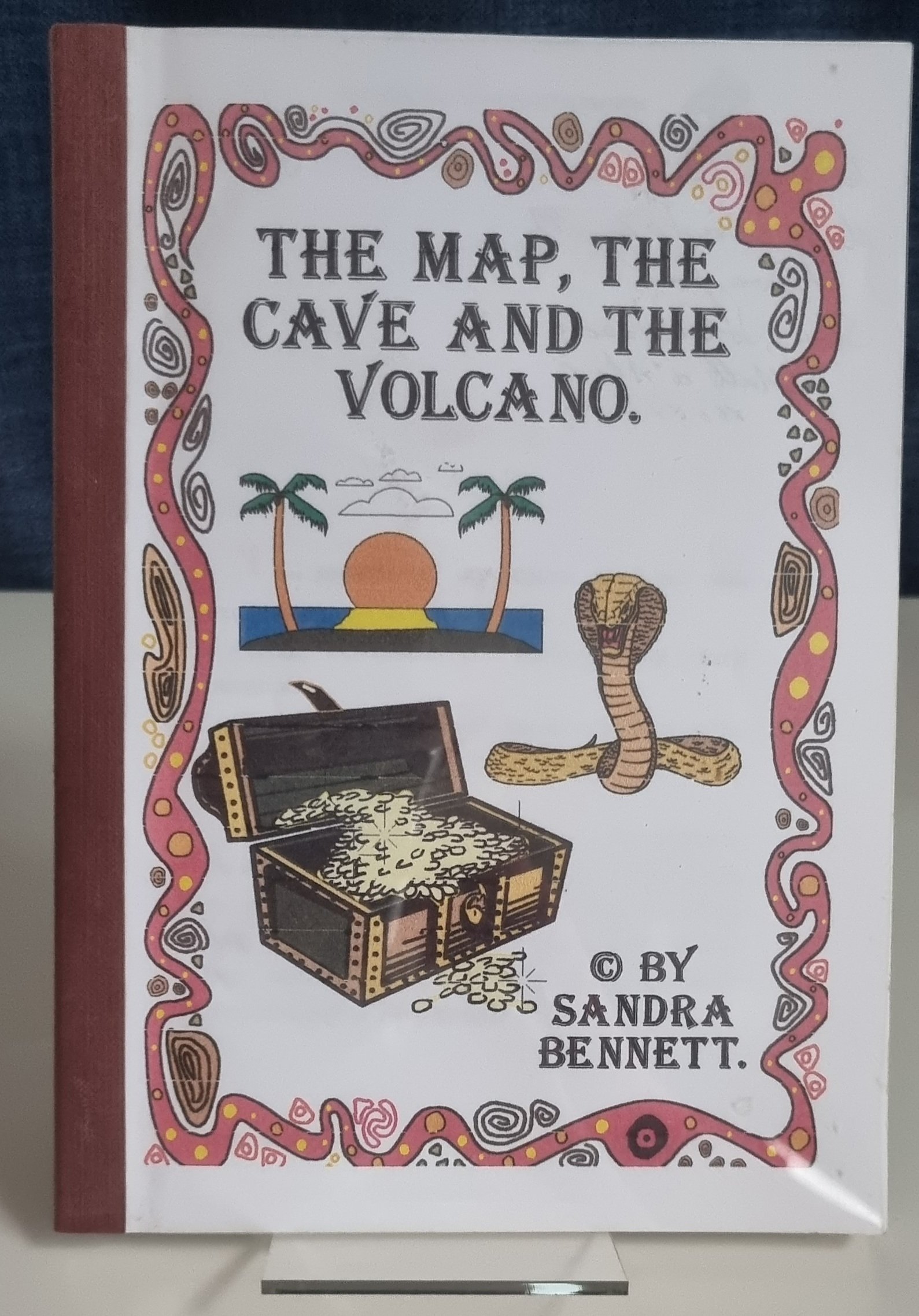I have been asked this question a few times lately.
Let’s examine what these terms mean.
Plotter - This is a writer who not only has a vague idea for writing a story, but takes the time to plan out every detail before they even start to write the story. They will plot each phase from beginning to end which also includes the incentive, call to action, rising tension, climax and conclusion. They will include plotting even to the detail of every chapter.
Pantser - In writing terms a pantser is someone who writes by the seat of their pants. They do not write an outline, but instead once the idea has established, will allow the story to take on a life of its own. They may have a rough idea of how to start and where they think the story will lead to an inevitable conclusion, but are also happy to let their characters lead them in the right direction, therefore telling their own story. Put it simple terms, the pantser will allow the story to flow freely and is happy to see where it will go.
Which are you? A plotter or a pantser? or both?
While I can see the benefits of both of these options, I prefer to say I am somewhere in between. I often have a vague outline. A spark of an idea leads to possibilities when asking the what if question. Scenes start to play out in my head, funny or unusual scenarios that might be able to be used. Sometimes I have a beginning, climax and maybe an ending, but deciding how to get there requires more work. That’s when I let the pamtser in me take control. I enjoy seeing how the story plays out as I write.
I often cite the experience I had while writing Fossil Frenzy, the Adamson Adventures 3, I had no intention of allowing Clare to become as strong and outspoken as she did. Zac was always my main character who took the lead in whatever adventure the trio faced. However, by the third book I had the sense of Clare leaning over my shoulder telling that it was time to let her grow and somewhat take over the story. She was no longer prepared to follow her brothers, she had a voice and she was determined to use it.
So which is better? That depends on the individual writer.
Pros of plotting - it can be more efficient, save you time working things out as you go, help avoid plot holes and major changes or character inconsistencies.
Cons of plotting - it’s a lot of work before you even start to put pen to paper to write. The planning and research stage can go on forever. How do you know when enough is enough and it’s time to start writing. The more planning you do, the more stifling your story may feel as it doesn’t allow you a chance to be creative or imaginative or give you time to play with ideas as you write.
Pros of pantsing - freedom to begin the story so much sooner, allowing you to play with an idea and see how it develops. It also means that your wordcount increases much quicker, helping with the motivation to keep writing as you feel like you are getting somewhere. A first draft, is exactly that, a starting point to rework, at least you have words to develop and improve. Pantsing can feel like your story is growing organically, or naturally. and often leads to surprises in turning points, tension, twists and turns.
Cons of pantsing - you can often come across writer’s block as you are unsure where the story is going, or how to fix a problem you didn’t expect to lead your characters into. I found in Tracks in the Mist, the Adamson Adventures 4, I had this problem. I reached my climax too soon. I needed my characters to stumble and increase the tension much more before I reached the major climactic scene. It took many walks, procrastination and questioning before I could solve the problem. The editing process can be that much more difficult too, as you need to find all the inevitable plot holes or rewrite scenes that haven’t worked or delete scenes that don’t need to be included.
In a nutshell, I am a happy combination of the two. I like to plant the seed and watch it grow, giving the story time to develop and reach for the sun. But I do like to plant small roots that stretch, twist and turn as they dig deeper into the ground to form a foundation for my free flowing creativity of petals and leaves, freely floating in the breeze above.
I am a combination of both a plotter and a pantser.
So, which are you? A Plotter or a Pantser? Please let me know in the comments below.





























































